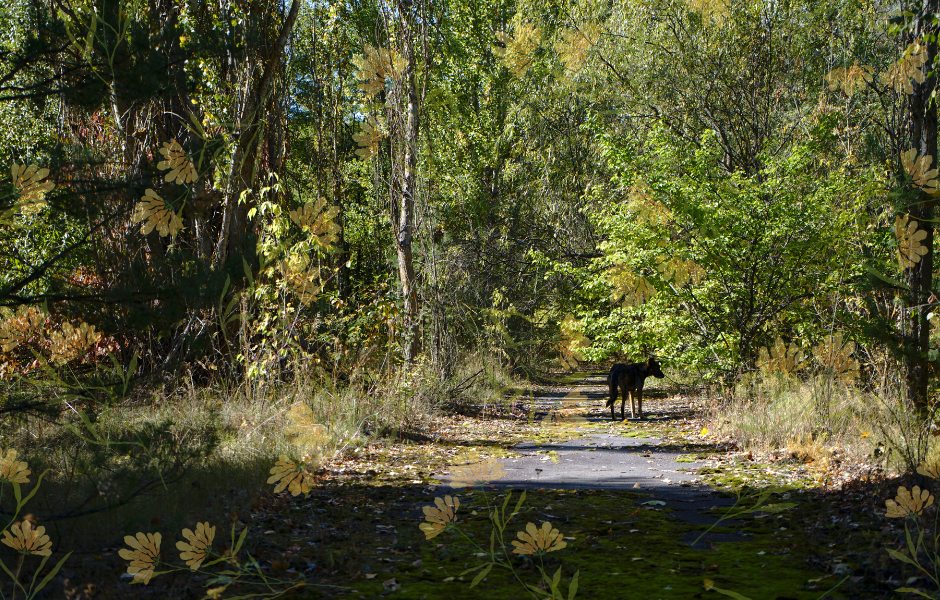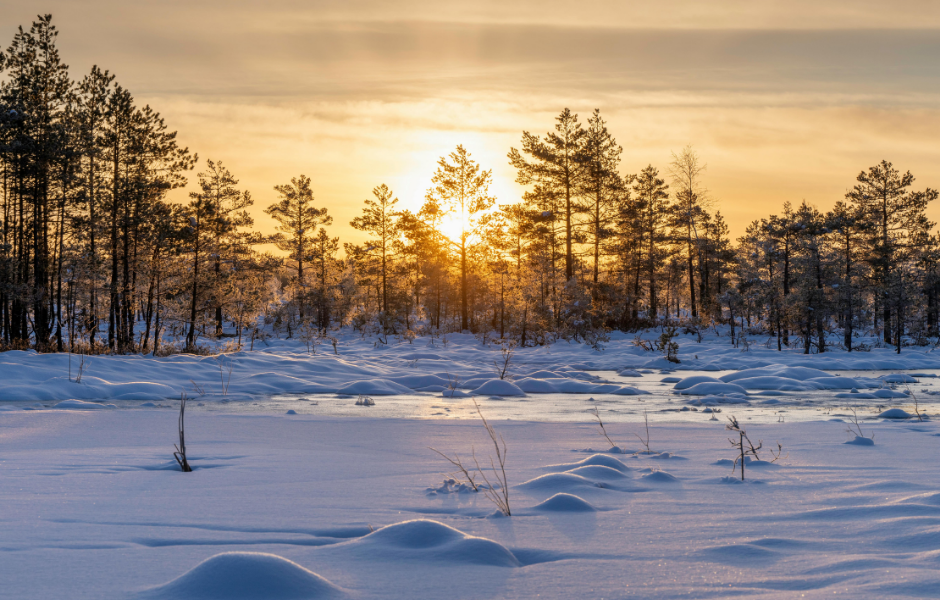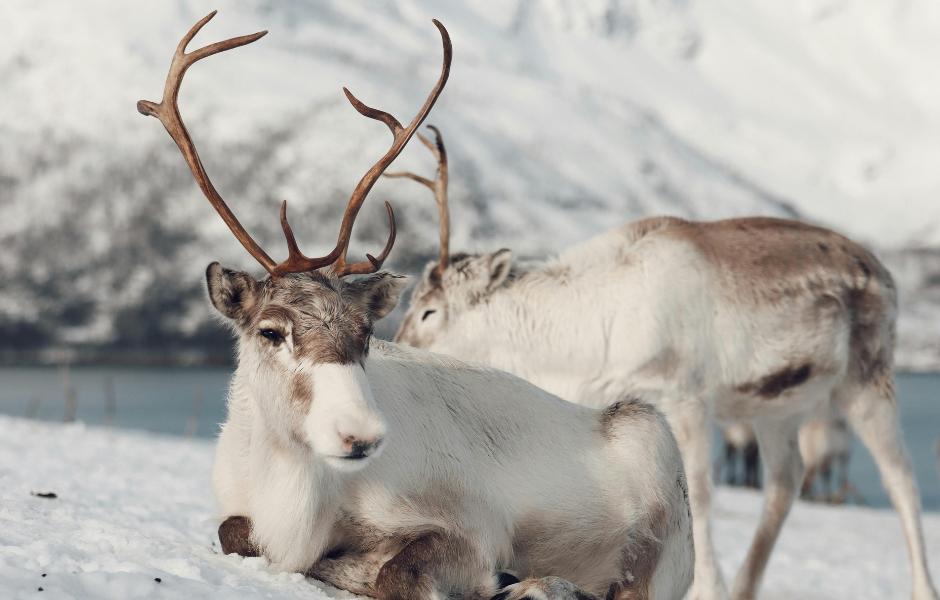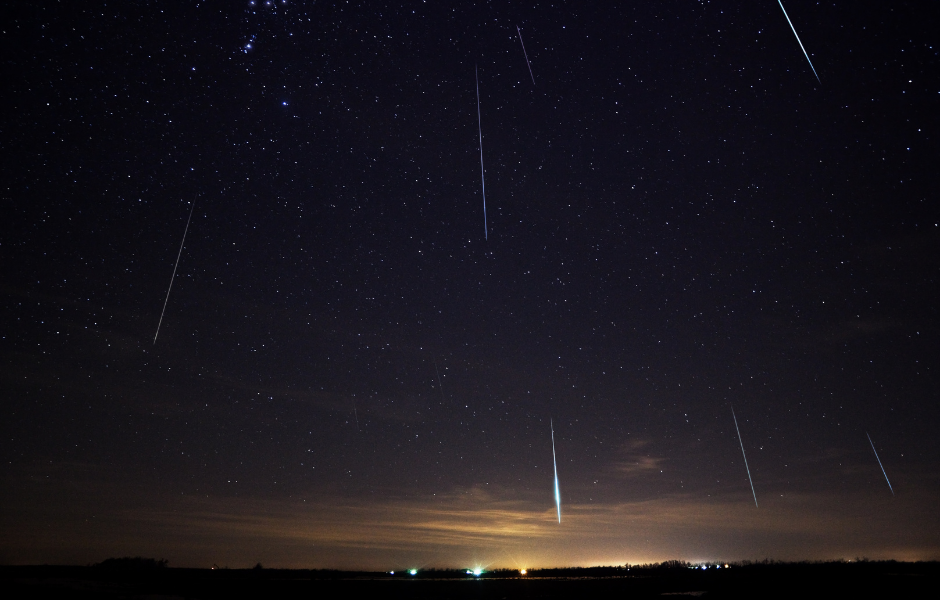
This article, Animals of Chernobyl: How nature came back after disaster, has been written for native English speakers and learners of English as a second or foreign language. It can help children practise reading and comprehension, learn useful vocabulary, and discover what happened to wildlife after the Chernobyl nuclear accident. Written by Sinead O’Carroll, an experienced teacher and writer.
Animals in the Chernobyl Exclusion Zone
In 1986, a huge nuclear accident happened at the Chernobyl Power Plant in Ukraine. A powerful explosion released radiation into the air. People had to leave their homes quickly, and the area around the plant became too dangerous to live in. This area is now called the Chernobyl Exclusion Zone (CEZ). Nearly 40 years later, people still can’t live there, but many animals can.
What happened to the animals?
At first, the explosion and radiation harmed many animals. A large forest of pine trees turned red and died, and it became known as the Red Forest. Some farm animals were born with deformities, like extra limbs or missing eyes. Birds, insects, and mammals in the area showed signs of sickness or changes caused by radiation.
But over time, something surprising happened. With people gone, nature began to return. There were no buildings being built, no cars, and no hunting. Slowly, wild animals came back, and some began to thrive.
A wild and strange new home
Today, the Chernobyl Exclusion Zone is home to so many different types of animals including wolves, wild boar, elk, roe deer, and even bears. These animals seem to be doing well, even though the area is still contaminated with radiation.
It’s not perfect, some scientists believe that radiation still causes problems for animals, but others point out that without humans, wildlife has a better chance to grow and survive.
Feral dogs are one of the most famous animals in the CEZ. Many are the descendants of pets left behind when people fled. Some live near the old power plant. Scientists studying these dogs have found that their DNA is different from dogs living just 15 kilometres away.
They’re trying to find out if this is because of radiation, and if the dogs are slowly evolving to survive it.
Are animals mutating?
Some scientists have found interesting changes in other animals too. For example, Eastern tree frogs in Chernobyl are often black instead of green. Scientists think this may be a helpful mutation. Their darker colour might protect them by absorbing or blocking radiation better.
So, are animals in Chernobyl changing quickly because of radiation? We don’t know for sure, but the area has become a place where scientists can study how nature reacts to extreme changes, and how life keeps going, even after disaster.
For more about the animals of Chernobyl, read – Scientists can’t agree about Chernobyl’s impact on wildlife.

Article vocabulary list
- Radiation – Energy that comes from certain kinds of atoms and can be dangerous in large amounts.
- Exclusion Zone – An area where people are not allowed to live or go because it is unsafe.
- Mutation – A change in the DNA of a living thing that can sometimes cause differences in appearance or behaviour.
- Feral – An animal that was once tame or domestic but now lives in the wild.
- Deformity – A body part that is not formed in the usual way, often because of damage or disease.
- Contaminated – Made dirty or unsafe by chemicals or harmful substances.
- Thrive – To grow well or be healthy and strong.
Comprehension questions
Just click the plus (+) to see the answer
1. What was the Chernobyl disaster?
a) A forest fire
b) A nuclear accident
c) A big flood
Answer: b) A nuclear accident
2. What is the Exclusion Zone?
Answer: It is the area around the Chernobyl Power Plant where people are not allowed to live because of radiation.
3. What happened to many animals just after the explosion?
a) They became superheroes
b) They moved to the city
c) They got sick or died
Answer: c) They got sick or died
4. Why did wild animals return to the area?
Answer: Because there were no people, buildings, or hunting, so nature had space to recover.
5. What are feral dogs?
Answer: Dogs that once lived with people but now live in the wild.
6. What colour are many tree frogs in the Chernobyl area?
a) Green
b) Blue
c) Black
Answer: c) Black
7. Why are scientists studying animals in Chernobyl?
Answer: To understand how radiation affects wildlife and whether animals are changing or evolving to survive.
Sinead is a writer and EFL teacher with eight years’ experience. She’s a native English speaker who loves making news stories fun and easy to understand for children around the world. Her passions include travel, animals, and helping to make the world a kinder, more sustainable place.




